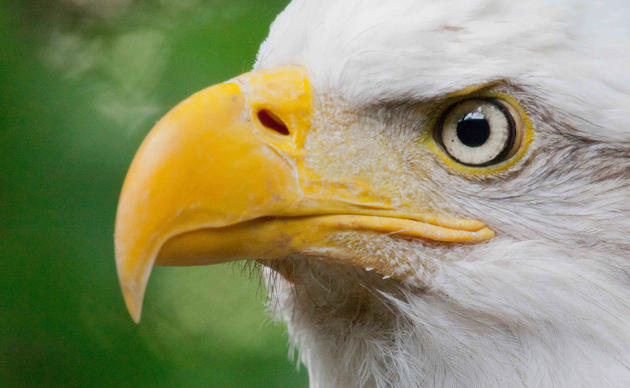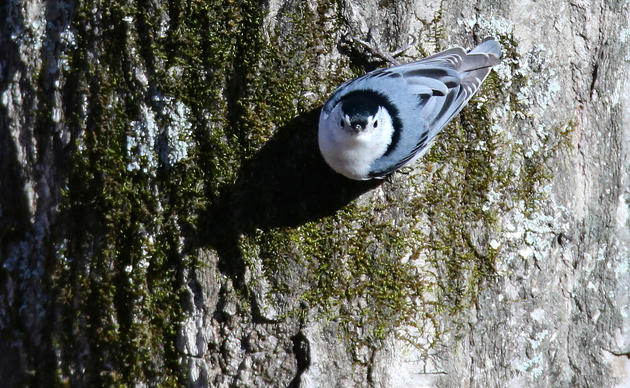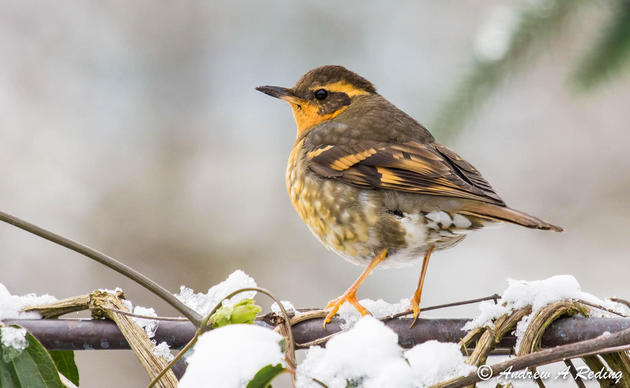COLUMBIA PLATEAU REGIONAL PROFILE
The sagebrush steppe is an iconic habitat of the western United States, a seemingly vast and open landscape described by some as the “sagebrush sea.” Here in Washington State, approximately 10.5 million acres of the Columbia Plateau ecoregion were once covered by sagebrush and native grasses. Today, these arid lands have largely been converted to agricultural fields and fragmented by residential and urban development, resulting in over 50% loss of our historic sagebrush habitat.
The remaining sagebrush areas are under threat from climate change, development pressure, increased fire frequency, incompatible grazing practices, and invasive species.
Through community science and advocacy, landowner outreach, collaborative partnerships and policy initiatives, Audubon Washington and our local chapters are building on our record of conservation action to support local economies and secure the future for sagebrush bird species and the habitat they rely on.
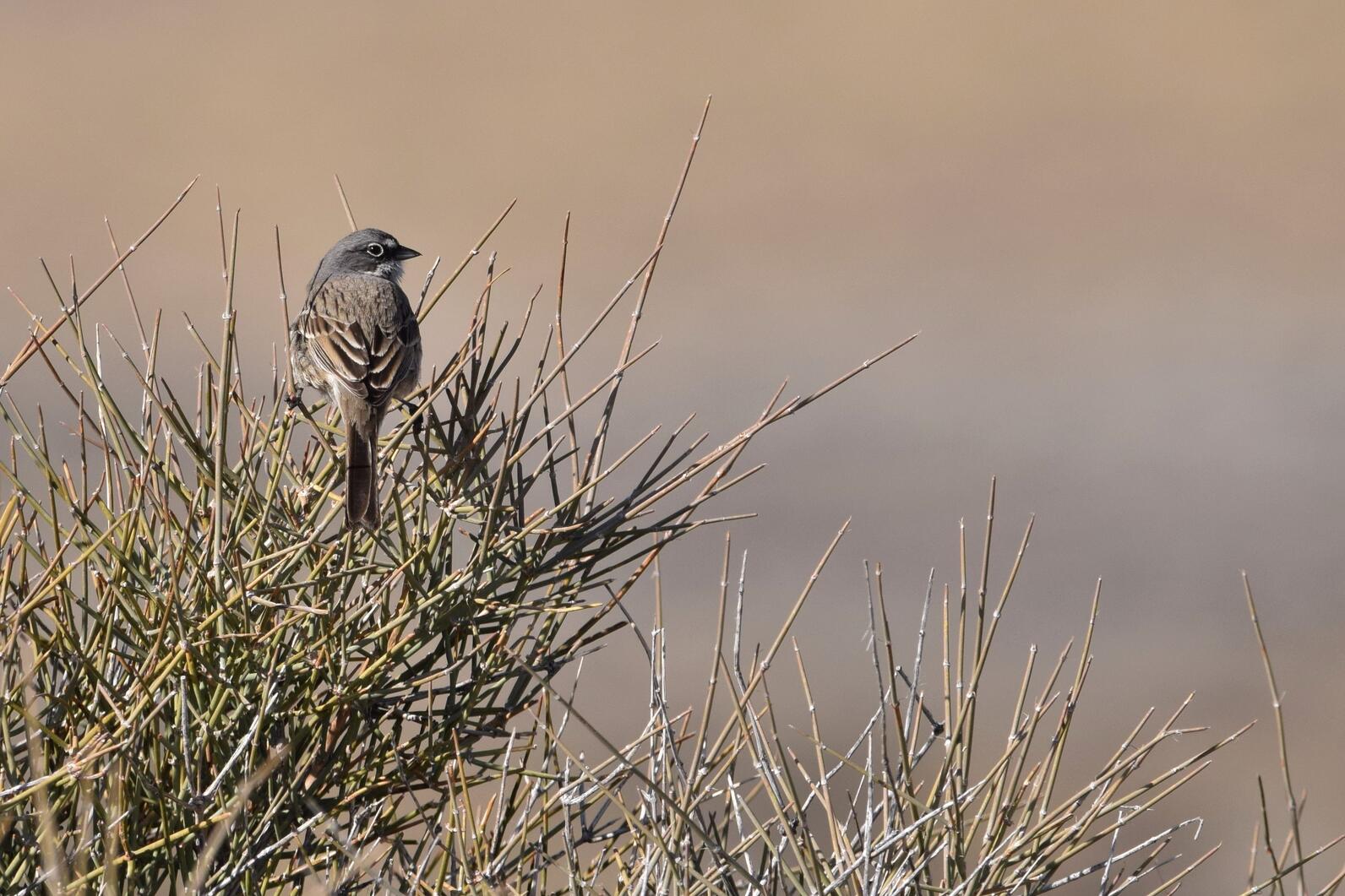
PROTECTING THREATENED SAGEBRUSH SONGBIRDS
The Sagebrush Songbird Survey, launched in 2014 in collaboration with the Washington Department of Fish and Wildlife, was designed to address gaps in our knowledge about bird species distribution in the sagebrush steppe. Our three target species - Sagebrush Sparrow, Sage Thrasher, and Brewer's Sparrow - function as "umbrella" species for other birds with similar habitat associations.
The data collected in this multi-year, million-acre survey has helped us determine priority areas for sagebrush bird conservation. The results from the Sagebrush Songbird Survey will be used to inform large-scale conservation projects and help incorporate wildlife values into local and multi-state land use, transportation, and energy and climate planning.
The project has also galvanized Audubon chapters across eastern WA, who are now using this data to advocate for the protection of the best remaining sagebrush areas.
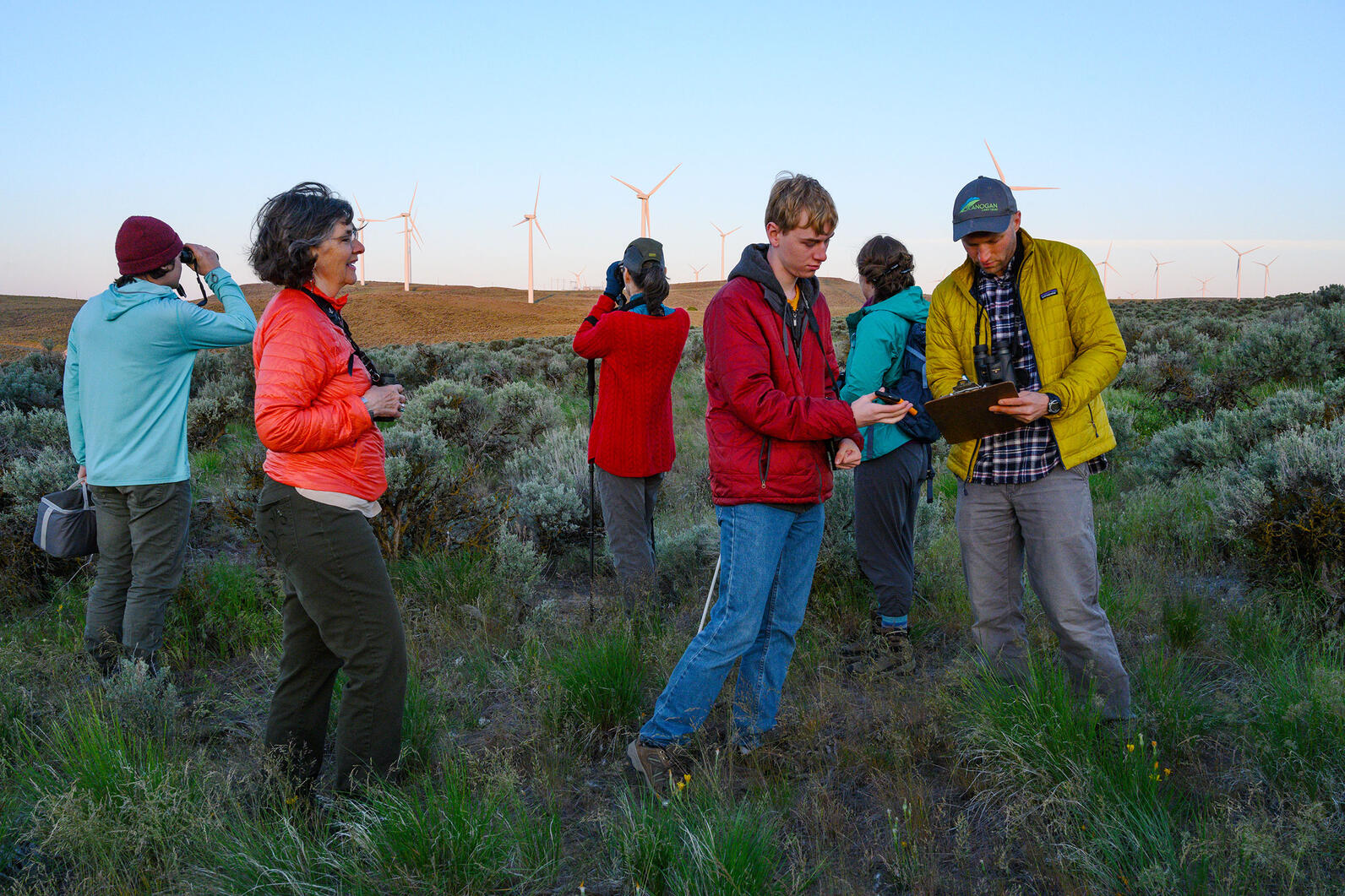
Priority Actions
- Ensure that new baseline data on sagebrush songbirds is incorporated into land use planning and management.
- Leverage public-private partnerships in support of habitat connectivity and fire protection and rehabilitation.
- Secure funding to support stakeholder process for least-conflict solar siting
PUBLIC-PRIVATE PARTNERSHIPS TOWARDS IMPROVED FIRE RESPONSE AND HABITAT CONNECTIVITY
Rangeland fire poses a risk to people, livelihoods, ecosystems, and wildlife and is a significant threat to sagebrush habitat in our state. In 2020, wildfires burned nearly 800,000 thousand acres of sagelands in Washington alone, putting species like the Greater Sage-grouse at risk of being lost from our state. Audubon and our partners at the Arid Lands Initiative (ALI) are examining options for rangeland fire protection and landscape rehabilitation. Together, we are working to ensure that policy and coordination efforts address post-fire rehabilitation needs for priority areas.
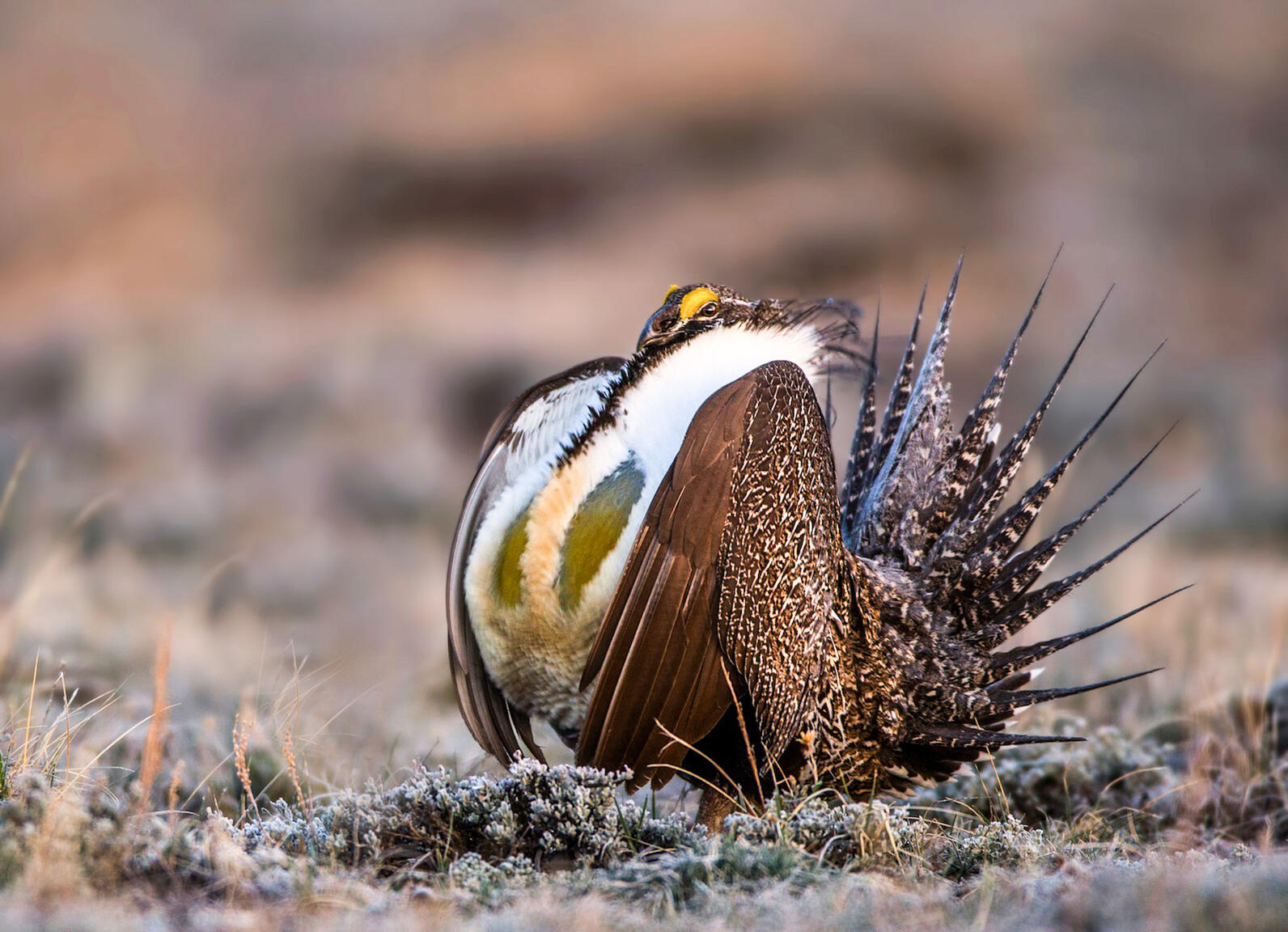
CLEAN ENERGY
In 2019 Audubon Washington helped pass the Clean Energy Transformation Act and concluded our six-year sagebrush songbird survey. As our state builds the solar energy needed to reach 100% clean electricity, we’re committed to reducing the impact of solar infrastructure on birds and habitat.
In 2020, we worked with a bipartisan group of stakeholders and legislators to secure state funding for a stakeholder driven process to guide utility-scale solar development towards areas with the least conflicting values. Unfortunately, Covid-related budget cuts defunded this important project.
Audubon Washington and our partners are now exploring private-sector funding alternatives to ensure that future solar siting decisions are driven by stakeholder preferences and a desire to protect valuable landscapes in Washington.
We’re the Voice for Birds
BIRDS AND PEOPLE MATTER
The largest bird-conservation network in Washington, Audubon has the perspective and resources to tackle issues facing our sagebrush birds. And because we’re local everywhere, base our work on science, and we take time to listen to all perspectives, we’re trusted by a diverse array of stakeholders. This enables us to build the kind of collaboration required to develop and implement solutions that balance the needs of birds, people, and economies of Washington’s Columbia Plateau.



